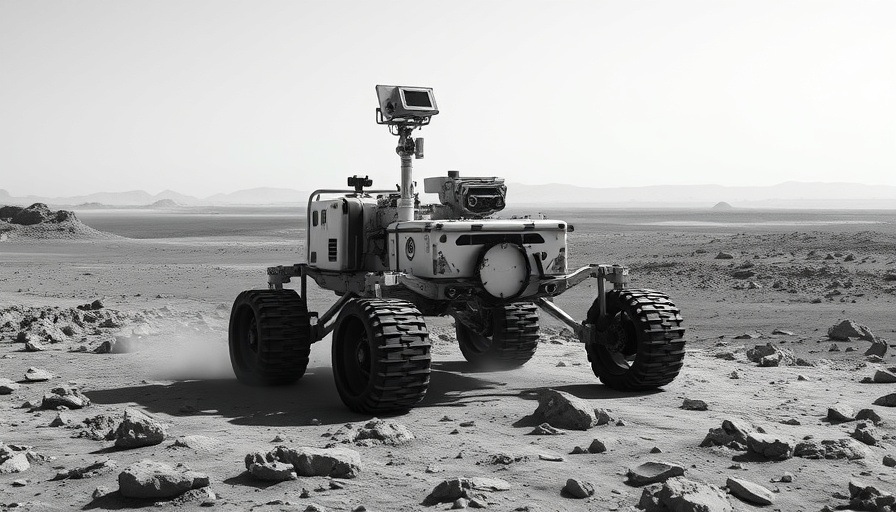
Navigating a New Era of Space Exploration
As NASA pulls ahead in its ambitious goal to establish a human presence on the Moon and Mars, a new directive focused on nuclear power systems marks a clear shift in priorities. The recent memo, signed by acting administrator Sean Duffy, reflects an urgent response to escalating competition, particularly from China and Russia, who have unveiled plans for lunar reactors by the mid-2030s. The stakes are high; the first nation to successfully deploy a nuclear reactor off-planet could claim dominance over essential resources and strategic locations.
The Importance of Nuclear Power in Space
Nuclear reactors could revolutionize how astronauts live and work on other celestial bodies. Unlike solar energy, which is rendered ineffective during extended lunar nights or Martian dust storms, fission systems provide a constant power supply. NASA's investigations into small, lightweight fission systems, already backed by $200 million since 2000, suggest a future where sustainable energy is no longer a concern for long-term human missions.
Technological Advances Driving Progress
The hurdles that have previously delayed progress in nuclear technology for space travel are being systematically dismantled. NASA’s recent efforts, including three industry study contracts focused on generating 40 kilowatts, highlight a conscious shift toward making nuclear systems compact and flight-ready. This aligns with current discussions surrounding surface power needs projected to be around 100 kilowatts to support various operations such as life support and mining equipment on Mars.
Challenges Ahead: The Artemis Program
While the vision for lunar and Martian bases grows clearer, NASA's Artemis program hasn’t been without its challenges. Frequent delays have pushed the timeline for the landmark Artemis 3 mission, aimed at returning humans to the Moon, to 2027—a target that many view as overly optimistic. The responsibility lies with innovative companies like SpaceX, whose Starship vehicle still faces readiness issues. If the US is to reclaim its standing in space exploration, the urgency for reliable nuclear power systems becomes even more pronounced.
The Global Competition
The geopolitical landscape surrounding space exploration is evolving rapidly. With China's and Russia's ambitious joint plans to establish a reactor by 2030, the US has to act swiftly not only to achieve technological milestones but also to ensure its strategies do not fall behind in the race for lunar and Martian territory. The dream of human colonization is tied closely to who controls energy sources beyond Earth.
Conclusion: Seizing the Future of Space
Nuclear reactors on the Moon and Mars represent the next steps in humanity's quest for exploration. Achieving this goal requires collaboration between commercial enterprises and government entities, as well as swift action to meet competitive challenges. As we look ahead, the prospect of sustainable living on other planets is no longer a mere fantasy, but an achievable reality supported by advancements in technology and strategic resource allocation.
 Add Row
Add Row  Add
Add 




Write A Comment